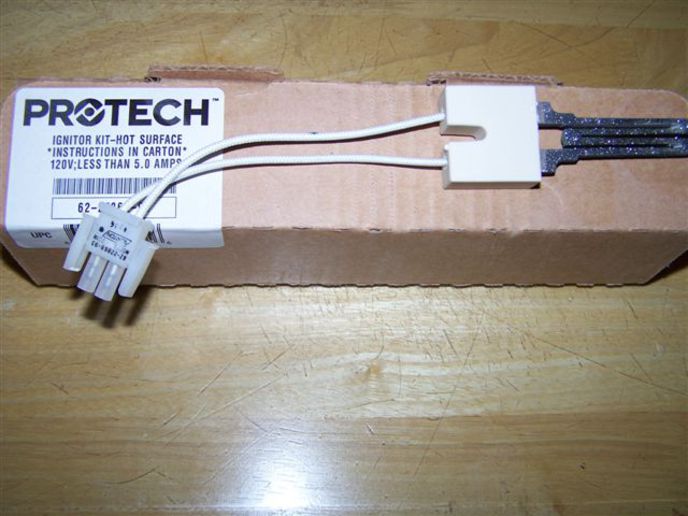Stan in Oly, WA
Well-known Member
I own a rental house in the next county, about a half hour drive away. The tenant called last night to tell me the pilot light of the furnace won’t stay lit. She described what she had done to try to relight it (following the instructions which are with the furnace), and everything she did was correct.
I installed the furnace last summer during a complete remodel, and the tenant moved in at the end of October and has been using it every day since then. Unfortunately, I bought the furnace last January, so the one year warranty has expired. I’ll call customer service at the manufacturer tomorrow, and maybe they will be able to provide the information I need to take care of the problem. Whether they do or not, I’d be grateful for advice from anyone familiar with furnaces who can suggest what can make a pilot light fail to stay lit---particularly after less than five month’s use in a new furnace---and what I can test for, and what I can do about it.
Stan
I installed the furnace last summer during a complete remodel, and the tenant moved in at the end of October and has been using it every day since then. Unfortunately, I bought the furnace last January, so the one year warranty has expired. I’ll call customer service at the manufacturer tomorrow, and maybe they will be able to provide the information I need to take care of the problem. Whether they do or not, I’d be grateful for advice from anyone familiar with furnaces who can suggest what can make a pilot light fail to stay lit---particularly after less than five month’s use in a new furnace---and what I can test for, and what I can do about it.
Stan


